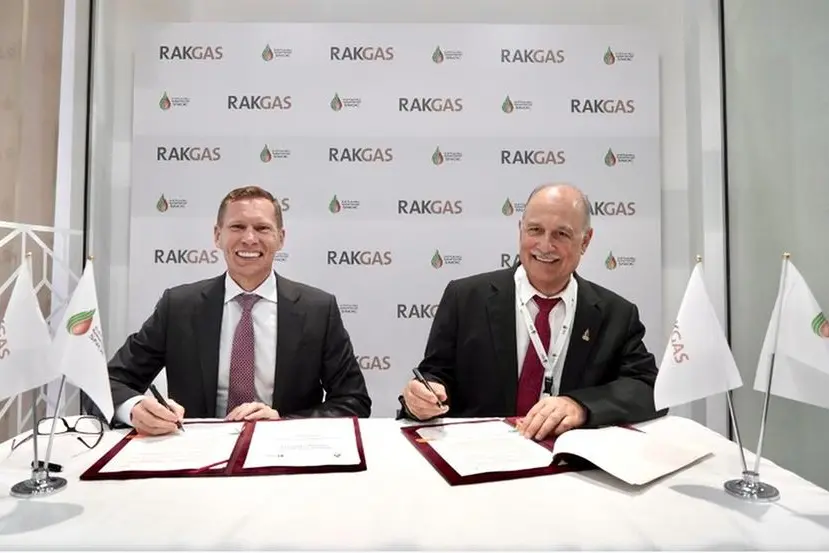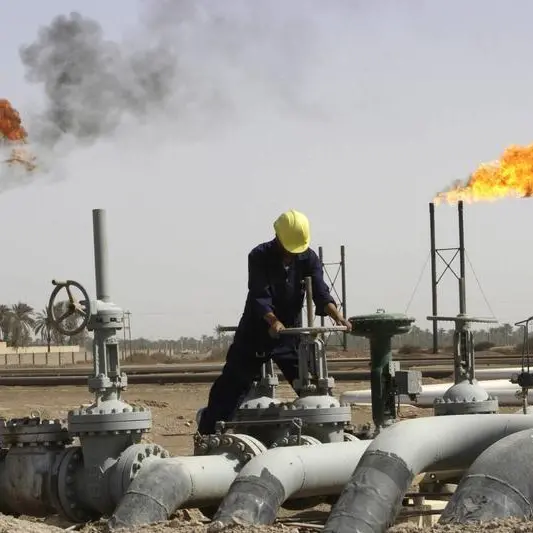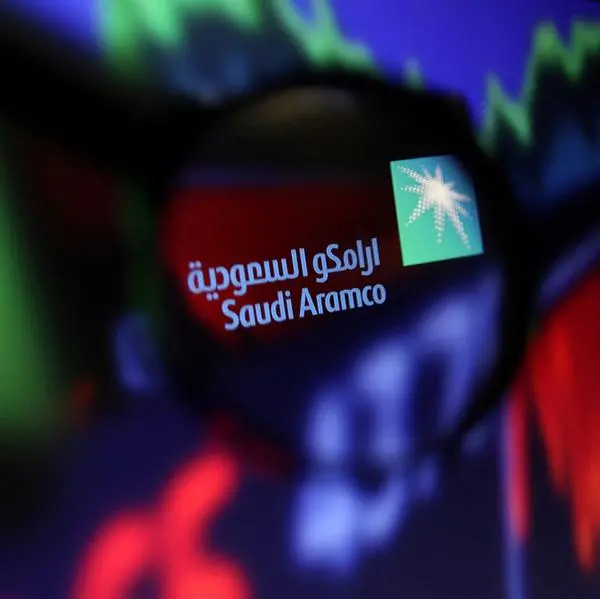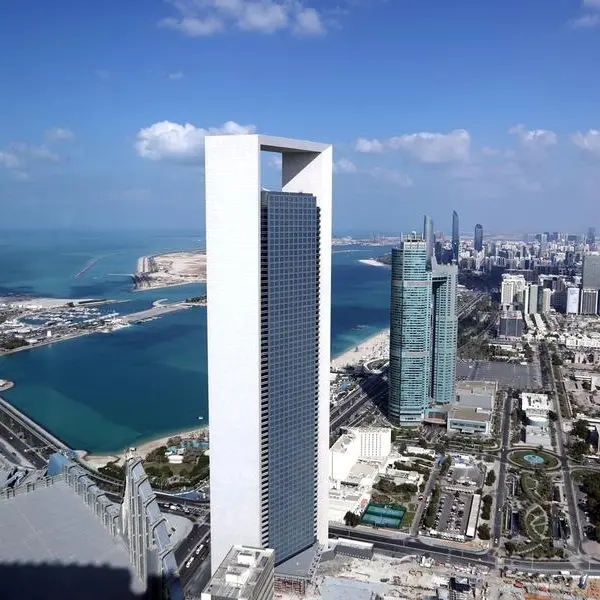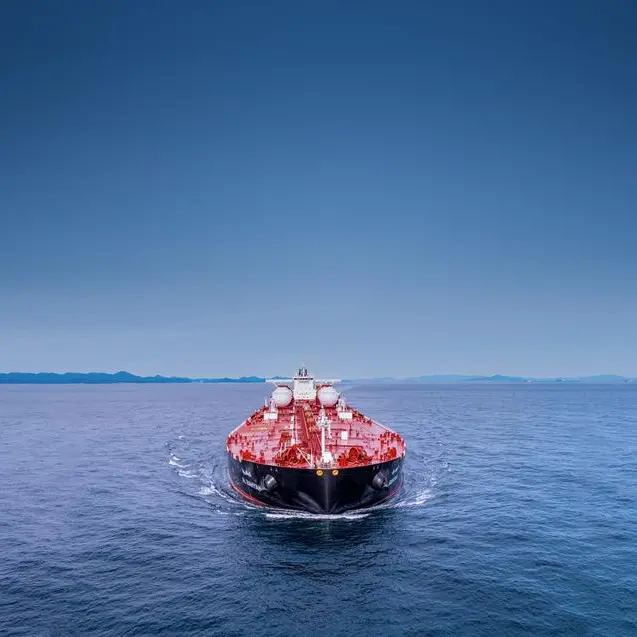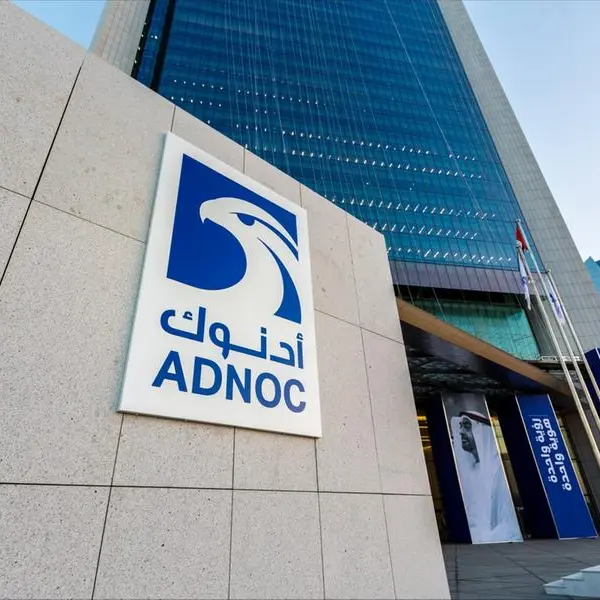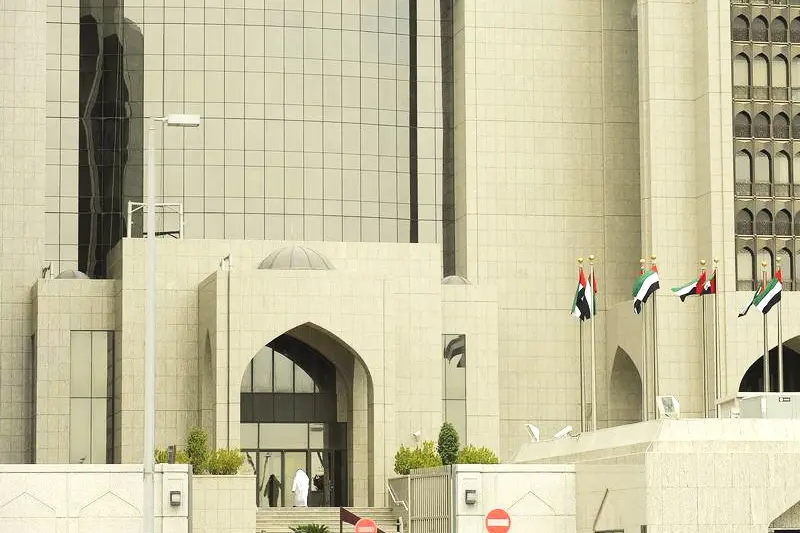PHOTO
Energy security, supply, and utilisation—particularly in the industrial sector—are deeply interconnected. The northern Emirates, while having access to energy sources, rely on the broader UAE network to meet their energy demands, particularly for gas and electricity. Addressing these needs will require greater collaboration among the Northern Emirates and with Abu Dhabi and Dubai. This includes enhancing gas supply, power networks, and infrastructure such as pipelines and storage facilities, to ensure long-term energy resilience. Additionally, the growing role of renewable energy and the challenge of energy storage must also be addressed.
Operators in the Northern Emirates already collaborate on various issues, including technical and geological studies, hydrocarbon law implementation, and pipeline management. The gas-storage joint venture between SNOC and RAKGAS has been mutually beneficial and serves as a model for other Emirates, promoting further cooperation and synergy.
Energy storage, whether for gas or electricity, is critical for energy security. The expansion of gas storage infrastructure in Sharjah, allowing for reserve supply when needed, has been invaluable, particularly over the last two summers. Even before its full completion, the project’s partial operation played a crucial role in maintaining energy security. RAKGAS is expected to realise similar benefits in Ras Al Khaimah, where industrial energy demand is the highest in the Northern Emirates.
The Northern Emirates have a long history of collaboration across various sectors. For instance, RAKGAS has partnered with Umm Al Quwain to manage and operate gas facilities, including offshore pipelines. Sharjah and Ras Al Khaimah have also worked together on numerous initiatives, particularly in infrastructure, focusing on optimising energy security. Looking ahead, integrating storage facilities and further optimising gas and power systems will be essential, especially as more renewable energy sources are incorporated into the grid, ensuring a stable and resilient energy supply for the region.
The three key areas we need to prioritise for collaboration are infrastructure, sourcing, and regulation. In terms of energy sourcing for our industries, we are fortunate to be located in a region rich in hydrocarbons. However, this potential can only be fully realised with proper investment in infrastructure. A prime example is the Dolphin pipeline, which has enabled gas to flow from Qatar, supported by Abu Dhabi, to the Northern Emirates.
LNG bunkering has been discussed by SNOC, Fujairah, Ras Al Khaimah, and Umm Al Quwain, with proposals for an offshore Floating Storage and Regasification Unit (FSRU). While demand has not yet reached a critical mass for large-scale LNG bunkering, there is potential for a smaller-scale solution such as an anchored LNG tanker offshore. On the exploration side, the offshore waters of the Northern Emirates are highly interconnected. Treating this area as a unified whole, rather than dividing it between the various emirates, would attract multinational companies and encourage hydrocarbon exploration.
Equally important is the regulatory framework. Consistency across districts, from Sharjah to Fujairah, is essential for attracting investors. A clear and cohesive regulatory landscape will provide the confidence needed to drive investment in the region.
Energy security is not only about supporting future industrial growth; it also involves maintaining the security of our existing energy-intensive industries, many of which are difficult to decarbonise. Ensuring a stable and reliable energy supply is critical to sustaining these sectors as we transition toward a more sustainable energy future.
We do not see a conflict between achieving the energy transition and continuing to utilise hydrocarbon resources. Both are essential to energy security. The transition is a gradual process. As more renewable energy enters the market and we electrify processes—starting with transportation—demand for electricity will grow significantly, especially as industries shift to electrification. Historically, power demand in the UAE has grown by 3-5 percent annually, with some years seeing as much as 10 percent growth. Over the next 10 to 20 years, we anticipate that growth will continue at the higher end of this range, driven by the shift from hydrocarbon fuels to electricity in power generation, mobility, and industrial processes.
To support this shift, the Northern Emirates need initiatives that foster cooperation. Some lack a dedicated oil and gas regulatory body, with these resources managed by departments like finance or municipal authorities. Establishing similar regulatory bodies could enable more streamlined collaboration among the various emirates.
However, collaboration does not always require a formal body; it can emerge through conversations and partnerships. For instance, the recent MOU between the RAK Petroleum Authority and the Ministry of Energy and Infrastructure demonstrates how effective collaboration can be achieved in areas like regulation, data sharing for upstream activities, carbon capture and storage, and geothermal energy. While structured organisations can certainly facilitate cooperation, fostering open communication is essential to advancing collaboration in the Northern Emirates.
(Any opinions expressed in this article are the author’s own)
(SNOC is the oil and gas industry executive arm of the Emirate of Sharjah. RAKGAS is an an integrated energy company owned by the Emirate of Ras Al Khaimah)
Subscribe to our Projects' PULSE newsletter that brings you trustworthy news, updates and insights on project activities, developments, and partnerships across sectors in the Middle East and Africa.
